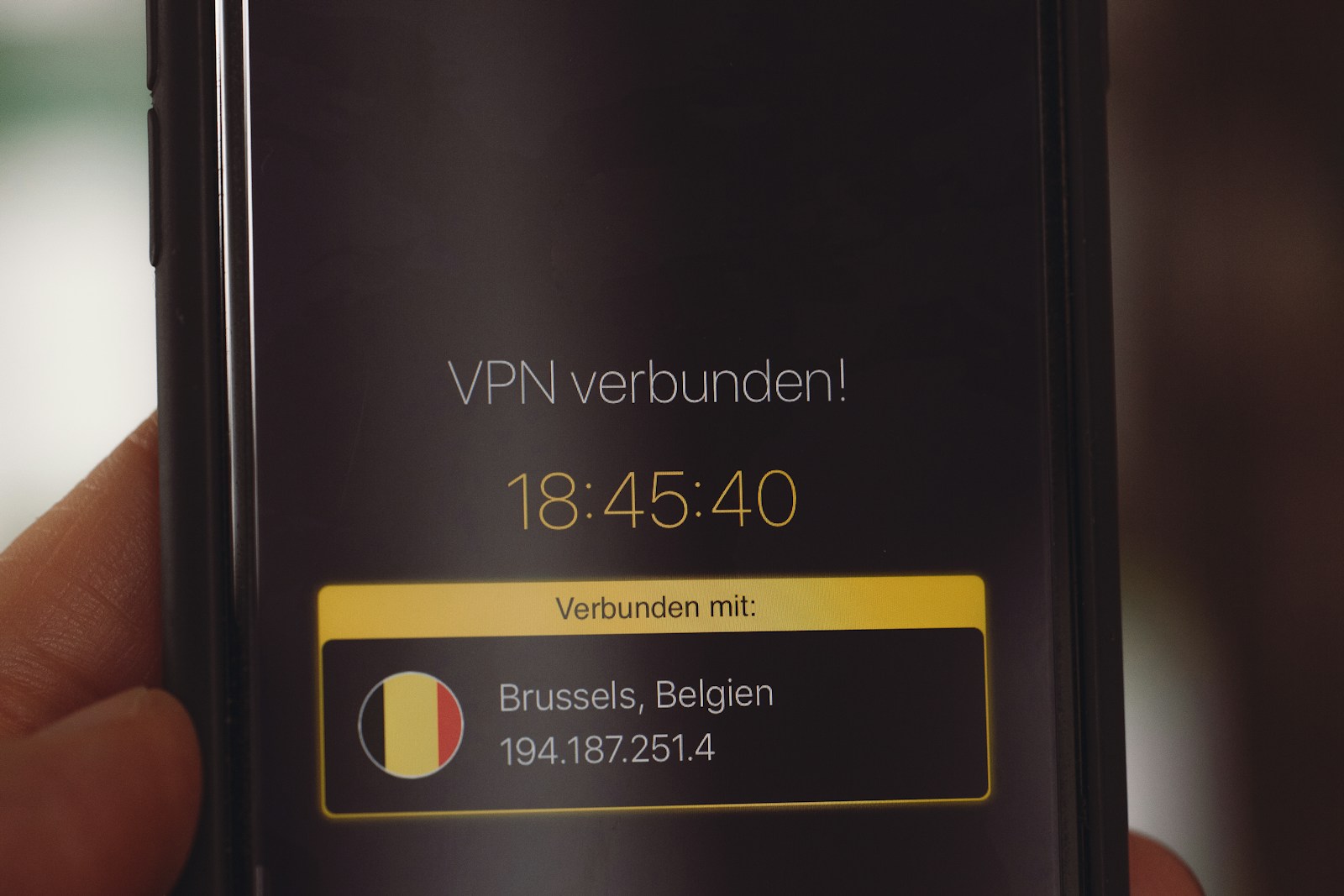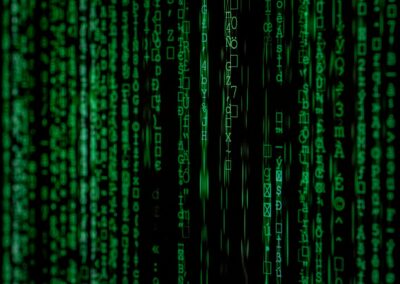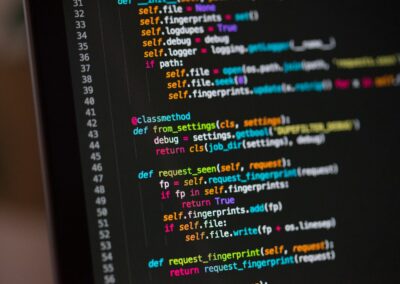The Role of Privacy-Preserving Machine Learning in IoT Security
Ensuring Data Privacy in IoT Networks with Advanced Machine Learning Algorithms
Privacy-Preserving Machine Learning in IoT Environments is a crucial strategy for organizations that rely on IoT networks, especially in regions like Saudi Arabia and the UAE, where the adoption of smart technologies is rapidly accelerating. These algorithms enable the processing of data in a way that ensures individual privacy while still extracting valuable insights. By utilizing techniques such as federated learning, homomorphic encryption, and differential privacy, organizations can process data locally on devices without ever exposing it to centralized servers. This not only reduces the risk of data breaches but also aligns with global data protection regulations, which are increasingly demanding more stringent privacy measures.
In IoT networks, where devices often operate in diverse and distributed environments, the ability to process data locally is particularly valuable. For instance, in smart cities like Riyadh and Dubai, where IoT systems manage everything from traffic flows to energy consumption, privacy-preserving machine learning allows for the real-time analysis of data without compromising the privacy of individuals. This approach not only enhances security but also builds trust among users, who can be confident that their personal information is being handled with the highest level of care and protection.
Key Methods for Implementing Privacy-Preserving Machine Learning
Several methods are at the forefront of ensuring privacy-preserving machine learning in IoT environments, each offering unique advantages for secure data processing. One of the most prominent techniques is federated learning, which allows machine learning models to be trained across multiple devices without transferring raw data to a central server. Instead, only the model updates, which are encrypted, are shared with the central server. This decentralized approach ensures that sensitive data remains on the device, significantly reducing the risk of exposure during transmission.
Homomorphic encryption is another powerful tool for privacy-preserving machine learning. This method enables computations to be performed on encrypted data without needing to decrypt it first, ensuring that the data remains secure throughout the processing stages. In IoT environments, where data is often transmitted across various networks, homomorphic encryption provides a robust layer of security, preventing unauthorized access even if the data is intercepted. For businesses in the UAE and Saudi Arabia, where data privacy is paramount, adopting homomorphic encryption can be a game-changer in maintaining compliance with stringent data protection laws.
Differential privacy is a third method that is particularly useful in IoT environments. This technique adds noise to the data, making it difficult to identify individual data points while still allowing for accurate analysis. Differential privacy is especially valuable in scenarios where aggregated data is used to make decisions, such as in healthcare IoT applications or smart city initiatives. By masking individual identities, differential privacy ensures that personal information cannot be traced back to specific users, thus maintaining confidentiality and trust.
Challenges and Best Practices for Privacy-Preserving Machine Learning in IoT
Addressing the Challenges of Implementing Privacy-Preserving Machine Learning
While the benefits of privacy-preserving machine learning in IoT environments are clear, implementing these techniques is not without its challenges. One of the primary obstacles is the computational overhead associated with privacy-preserving methods. Techniques like homomorphic encryption and differential privacy often require more processing power and memory, which can be a limiting factor in resource-constrained IoT devices. To address this, organizations must carefully balance the need for privacy with the capabilities of their IoT infrastructure, potentially opting for a hybrid approach that combines different methods based on the specific requirements of each use case.
Another challenge is ensuring the interoperability of privacy-preserving algorithms across diverse IoT devices and networks. In regions like Riyadh and Dubai, where IoT systems are often deployed across various sectors—ranging from healthcare to energy management—ensuring that different devices can securely communicate and process data is crucial. This requires a standardized approach to privacy-preserving machine learning, where compatible protocols and frameworks are adopted across the board. Collaboration between industry stakeholders, regulators, and technology providers is essential to develop and implement these standards effectively.
Moreover, the evolving nature of cyber threats poses an ongoing challenge to the security of IoT networks. Privacy-preserving machine learning must continuously adapt to these threats, incorporating the latest advancements in cybersecurity to protect against new vulnerabilities. This requires organizations to invest in ongoing research and development, as well as to remain vigilant in monitoring and updating their IoT security protocols. In rapidly growing markets like Saudi Arabia and the UAE, where IoT adoption is accelerating, staying ahead of these threats is critical to maintaining the integrity of IoT systems and the privacy of the data they handle.
Best Practices for Ensuring Secure Data Processing in IoT Networks
To successfully implement privacy-preserving machine learning in IoT environments, organizations should adhere to several best practices that prioritize both security and efficiency. First and foremost, it is essential to conduct a thorough risk assessment before deploying any IoT system. This involves identifying potential vulnerabilities in the data processing workflow and determining which privacy-preserving techniques are best suited to mitigate these risks. By understanding the specific challenges posed by their IoT networks, organizations can tailor their approach to ensure optimal security without compromising on performance.
Another best practice is to establish clear data governance policies that outline the responsibilities of all stakeholders involved in the IoT ecosystem. This includes defining who has access to data, how data is processed, and the protocols for data sharing and storage. In regions like Riyadh and Dubai, where regulatory frameworks are increasingly emphasizing data privacy, having well-defined governance policies is essential for compliance and for maintaining user trust. These policies should also include guidelines for the regular auditing and updating of privacy-preserving algorithms to keep pace with technological advancements and emerging threats.
Finally, organizations should invest in training and awareness programs to educate their teams about the importance of privacy-preserving machine learning. This includes not only technical staff but also executives and decision-makers who must understand the implications of data privacy for their business strategies. By fostering a culture of privacy awareness, organizations can ensure that privacy-preserving techniques are effectively integrated into their IoT operations, from the ground up.
The Future of Privacy-Preserving Machine Learning in IoT
As IoT networks continue to grow and evolve, the role of privacy-preserving machine learning will become increasingly central to ensuring secure and ethical data processing. Future developments in this field are likely to focus on improving the efficiency and scalability of privacy-preserving algorithms, making them more accessible for widespread adoption in IoT environments. This could involve the development of new cryptographic techniques or the integration of machine learning with emerging technologies like blockchain, which offers its own set of privacy and security advantages.
In addition, we can expect to see greater collaboration between industry leaders, regulators, and academia to establish global standards for privacy-preserving machine learning in IoT. Such standards will be crucial for ensuring that IoT systems can operate securely across borders, particularly in regions like Saudi Arabia and the UAE, where international data flows are common. By working together to develop and implement these standards, stakeholders can create a more secure and privacy-conscious IoT ecosystem that benefits everyone involved.
In conclusion, adopting privacy-preserving machine learning algorithms in IoT environments is not just a technical necessity but a strategic imperative for organizations looking to protect their data and maintain user trust. By implementing the right methods and best practices, businesses can ensure that they are not only compliant with regulations but also at the forefront of IoT security innovation.
—
#IoTSecurity #PrivacyPreservingML #DataPrivacy #AIinIoT #Cybersecurity #BusinessEthics #DigitalTrust #MachineLearning #IoTNetworks #ModernTechnology































